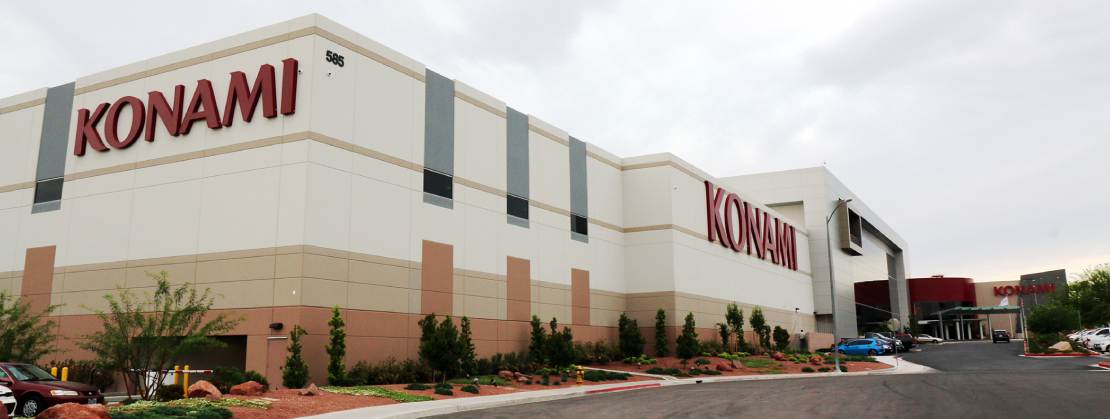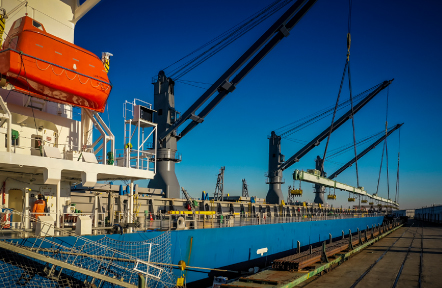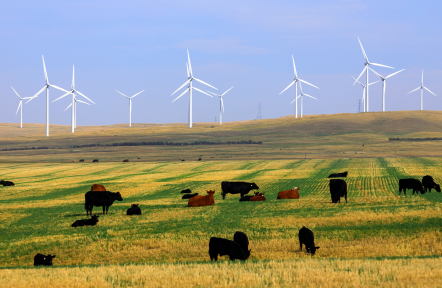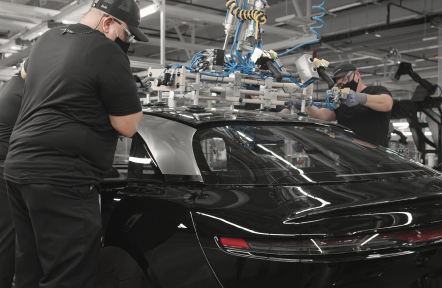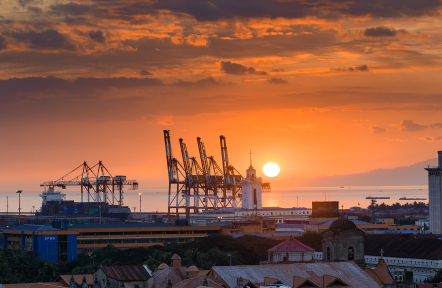by Will Gardiner, CEO of Drax
On September 12, 1962, in a football stadium in Houston, President John F. Kennedy set in motion one of the most daring feats of innovation in modern history. Despite opposition from environmentalists, civil rights leaders and, even his own brother, Kennedy’s “We choose to go to the moon” address unified a divided America grown weary from war and fearful for the fate of the nation.
The images of the moon landing remain in our collective imagination as one of the great achievements of humankind. However, Kennedy’s vision was viewed by many as impossible and, by most, as a waste of time and money. As America’s economy creaked under the weight of the Vietnam War and 20% of Americans were without adequate food, clothing or shelter, Kennedy’s response from Texas was both honest and brave: “We choose to go to the moon in this decade and to do other things, not because they are easy but because they are hard”.
We are once again anxious about the fate of the world and doubtful about our ability to change it, not least when it comes to the biggest challenge we face today – climate change. A World Economic Forum survey found that while 85% of people believe it is extremely or very important to address climate change, only 40% of North Americans and 31% of Europeans are optimistic about our ability to do so.
And there is ample reason for skepticism.
Four years before Kennedy’s speech in Texas, from the Mauna Loa Observatory in Hawaii, Charles David Keeling began charting the concentration of carbon dioxide in the earth’s atmosphere. It remains an exercise of such scientific importance that the Keeling Curve is carved into the wall of the National Academy of Sciences in Washington D.C.
In 1958, Keeling observed that the earth’s atmosphere contained 315 parts per million (ppm) of carbon dioxide, 12% more than the preceding 6,000 years of human existence before the industrial revolution began. Today, that number is 422ppm, a figure last seen four and a half million years ago when the earth was seven degrees warmer and sea levels were up to 25 meters higher.
Our efforts to stem the bleed of carbon dioxide are struggling against the strength of our addiction to fossil fuels. At current rates, carbon emissions will increase by 14% despite knowing that to maintain a safe environment on earth, emissions must peak by 2025 and reduce by 43% by 2030. For the first time ever, we burned 8 billion tons of coal last year; or 1 ton for every man, woman and child on earth.

Our remedy – to reduce emissions as fast as possible – is not enough. If we are to stabilize Earth’s climate by the end of this decade, we need new moonshots.
In the turbine hall of the UK’s largest power station, engineers are pioneering a project that will not only reduce carbon dioxide emissions but remove them permanently. By 2030, the Drax power station will transform to become the world’s largest carbon dioxide removal (CDR) facility by scaling a technology called BECCS (bioenergy with carbon capture and storage). BECCS begins with bioenergy.
Unlike the linear and irreversible process of adding carbon dioxide to the atmosphere by burning fossil fuels, carbon dioxide from bioenergy can be balanced in a closed carbon cycle within the biosphere. By adding carbon capture and storage, that carbon cycle is broken in a positive way; and carbon dioxide is permanently removed from the biosphere before being stored safely underground. The overall process will produce renewable electricity and remove millions of tons of carbon dioxide each year.
BECCS is one of only two engineered technologies that can reverse the flow of carbon dioxide. While these technologies are nascent, they must scale at unprecedented rates around the world if we are to stabilize the Earth’s climate. According to the IEA, by 2030 we will need to remove 250 million tons of carbon dioxide every year through BECCS compared to the mere 1 million tons today. Across all CDR technologies, that number must rise to 10 billion tons by 2050.

Against all odds, Neil Armstrong and Buzz Aldrin set foot on the moon just seven years after Kennedy delivered his speech in Texas, proving that when governments and industry work together with urgency and determination there are no limits to what can be achieved.
It is in this spirit that we must scale up CDR technologies like BECCS to remove carbon from the atmosphere. We must do so not because it is easy, but because it is hard. Because the goal of tackling climate change is too important and time is running out; and because, as Kennedy said 60 years ago, “that challenge is one that we are willing to accept, one we are unwilling to postpone, and one which we intend to win.”



